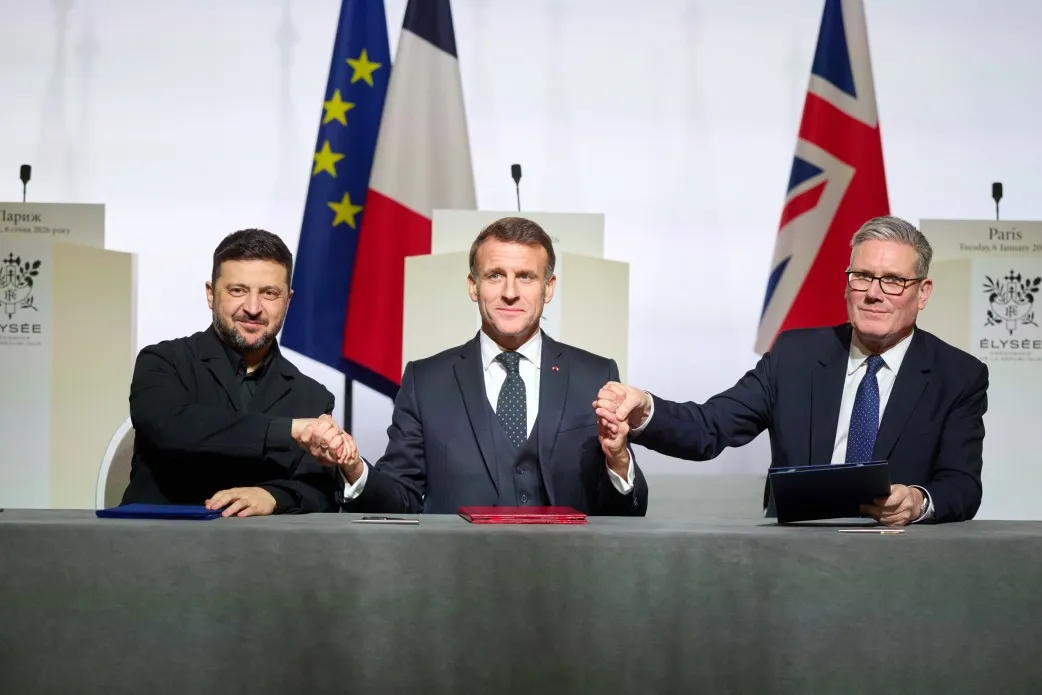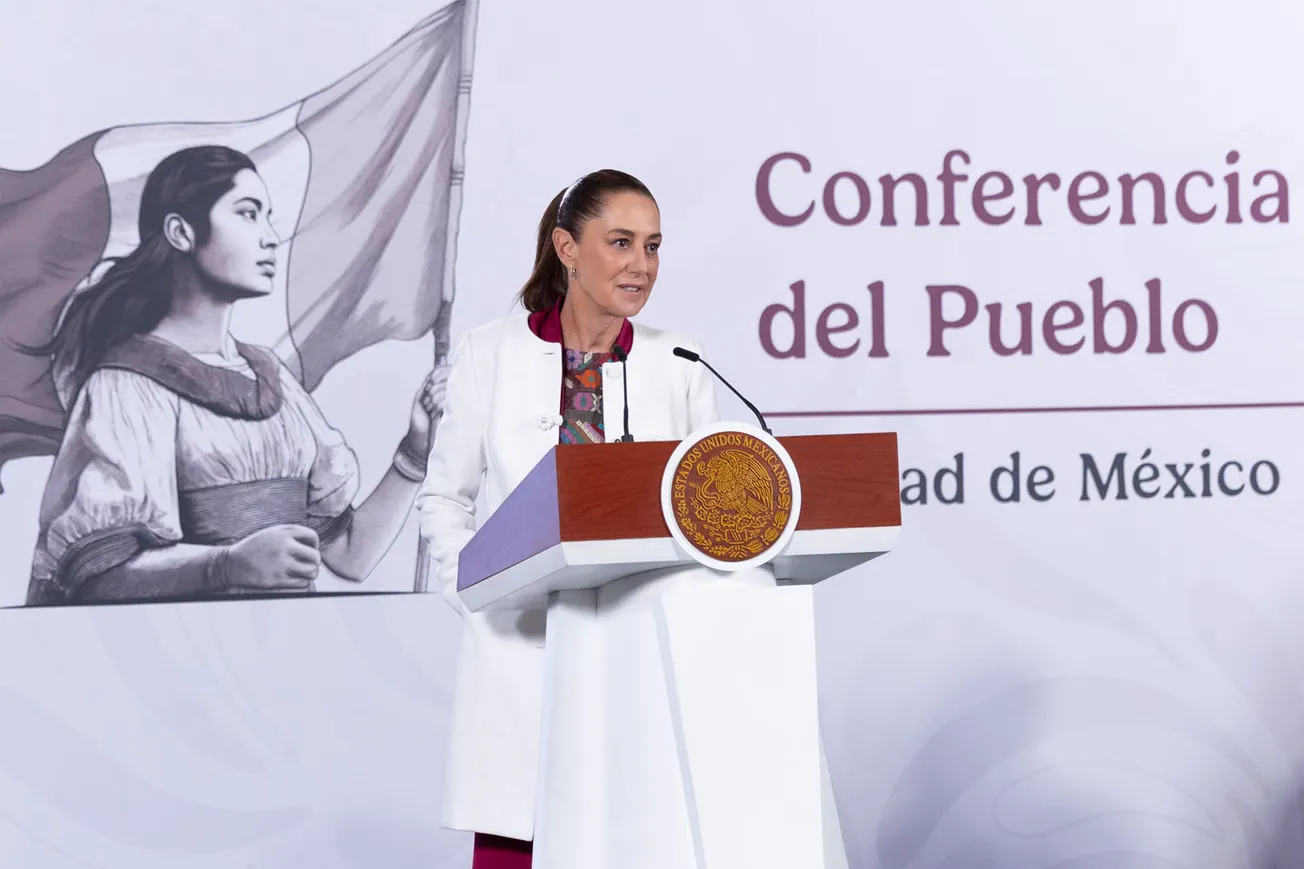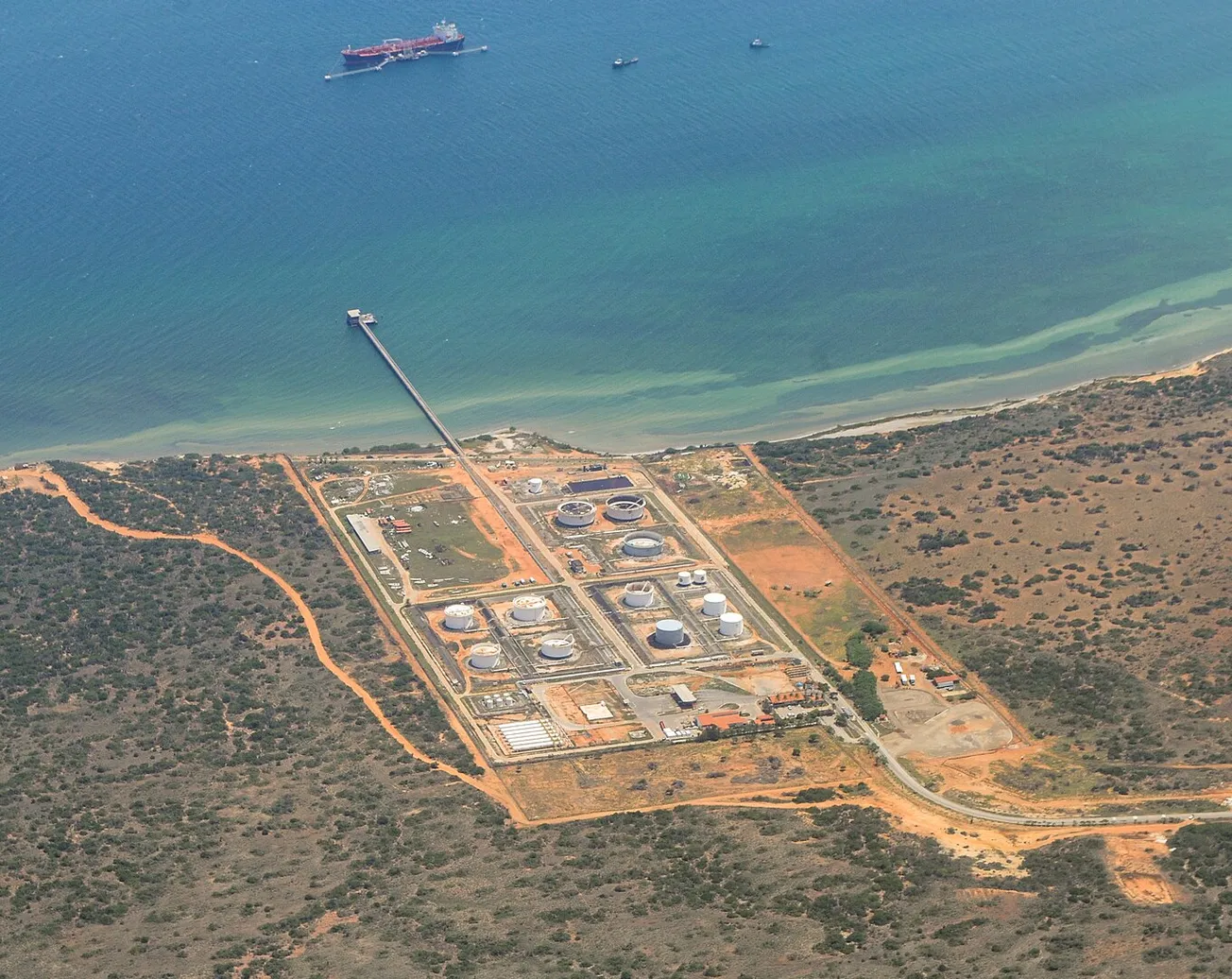On Jan. 1, 2024, the BRICS nations saw their membership double as five new countries joined—the organization’s first expansion since 2010. With new members Egypt, Ethiopia, Iran, Saudi Arabia, and United Arab Emirates, the expanded BRICS, or BRICS-Plus, are growing into a powerful force in the world, and represent an alternative to the dying neoliberal world which can be seen in so many instances today. In addition to the five newly admitted, there are reportedly 30 additional countries interested in joining, 15 of which have formally applied. It is no exaggeration to say that the world is increasingly under the umbrella of the process being unleashed by the BRICS.
In this vein, it is notable that Vladimir Putin’s Russia—whom NATO nations have tried so hard to isolate on the world stage—accepted the rotating chairmanship of the BRICS for 2024. NATO’s and the West’s efforts have clearly failed miserably, with Russia’s economy having successfully evaded the effects of Western sanctions while sustaining minimal damage, instead finding new trading partners and using import substitution. The nations of Europe, on the other hand, have suffered heavily from the loss of Russian energy and other consequences from the imposition of their own sanctions.
Speaking Jan. 1 on the occasion of Russia’s acceptance of the BRICS chairmanship, Putin described the notable change in dynamic around the vision of the BRICS:
BRICS is attracting an ever-increasing number of supporters and like-minded countries that share its underlying principles, namely, sovereign equality, respect for the chosen path of development, mutual consideration of interests, openness, consensus, the aspiration to form a multipolar international order and a fair global financial and trade system, and pursuit of collective solutions to top challenges of our time.
Putin went on to note the over 30 countries waiting to become members, and that therefore the BRICS will be working out the “modalities of a new category of BRICS partner country.”
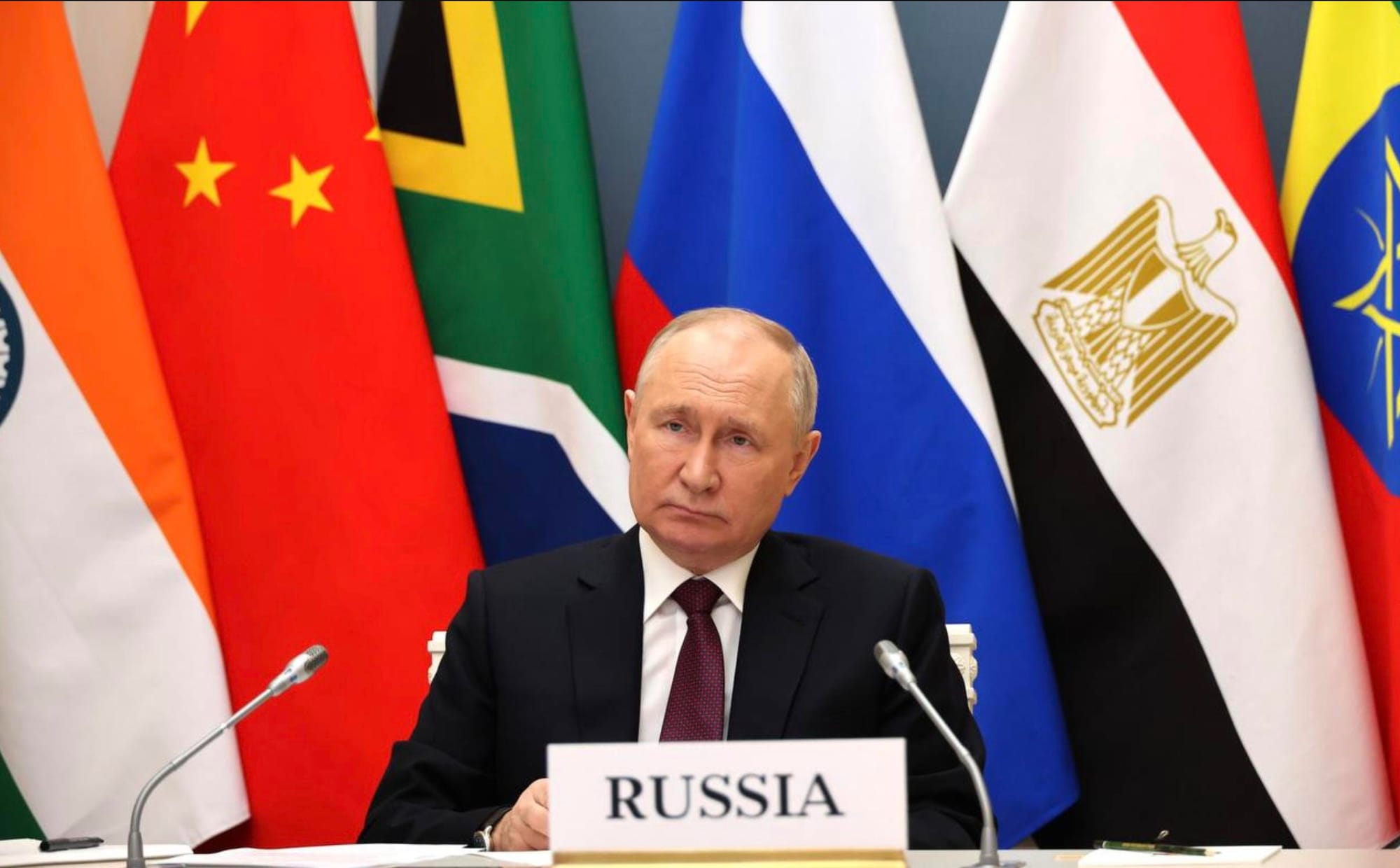
Similarly, China has enunciated the meaning and optimism represented by the growth of BRICS, and what it means for the world into the future. In response to a question from Reuters about China’s expectations for the BRICS, given supposed differences in the group and Argentina’s decision not to join, Foreign Ministry spokesman Wang Wenbin stated Jan. 2:
Let me make it very clear that we are fully confident in the BRICS’ future. Since its inception 18 years ago, the BRICS cooperation mechanism has increased cohesiveness and influence and become a positive and stable force for good in international affairs. You mentioned the fact that BRICS now has 10 member states. That shows exactly its bright prospect. At the request of relevant countries, BRICS decided to expand its membership, which serves the common aspiration of emerging markets and developing countries, and follows the global trend toward multipolarity. We will work with BRICS partners to strive for new results in greater BRICS cooperation.
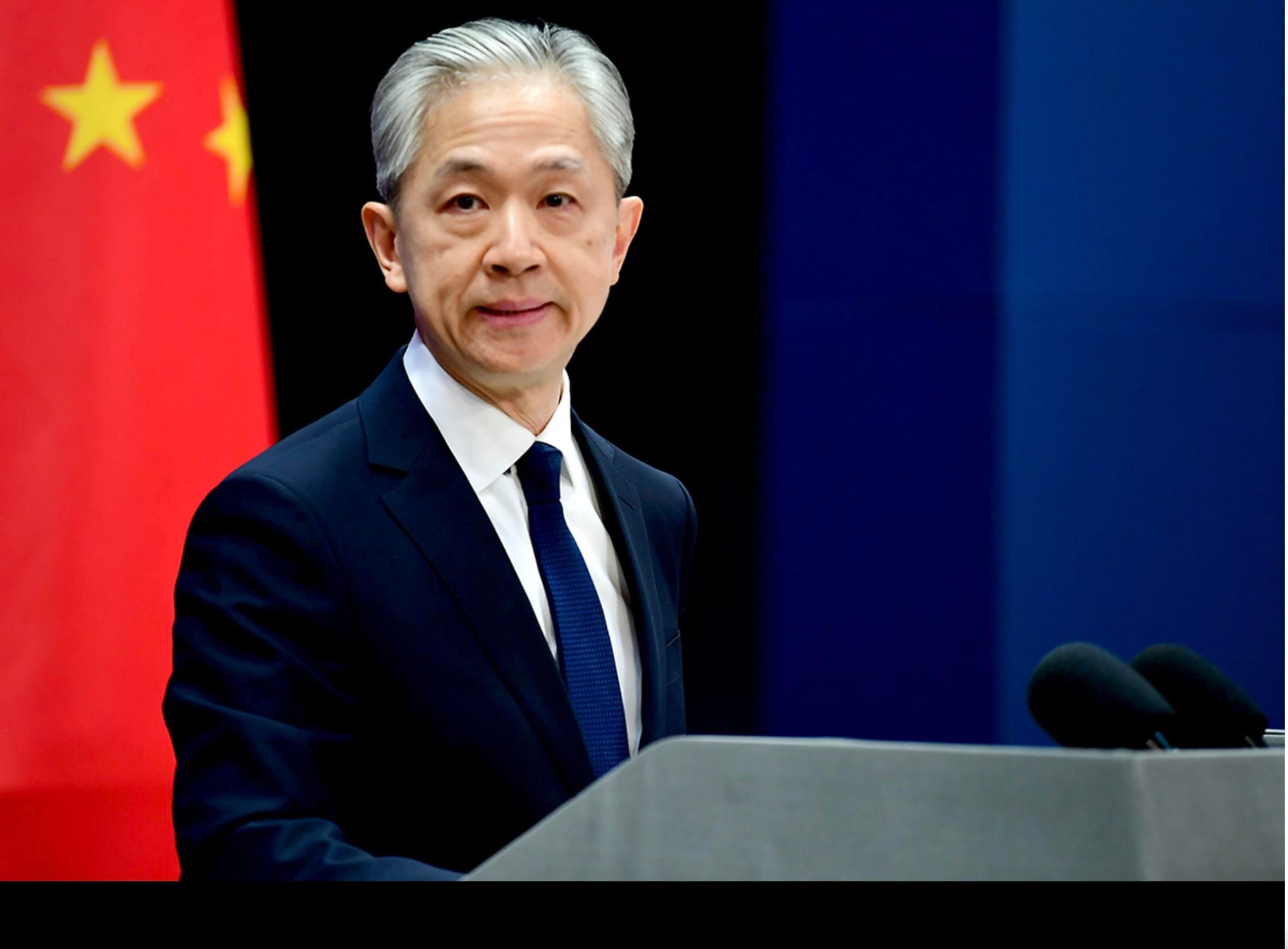
The Center of Global Growth
The BRICS-Plus now make up around 46% of the world’s population, with almost $29 trillion in annual GDP, and hold a tremendous amount of the world’s natural resources and minerals reprocessing capacity, including 39% of global oil exports, 45% of proven oil reserves, and 47% of all oil produced. Conversely, the G7 countries have slightly under 10% of the world’s population, $43 trillion in GDP, and significantly less access to raw materials. The picture becomes even sharper if the purchasing power parity (PPP) of GDP is considered, putting the BRICS-Plus at $63 trillion, while the G7 trails at $52 trillion.
This trend will continue to diverge, as the growth margin for BRICS-Plus nations—who are committed to physical-economic growth as opposed to simply financial market growth—is enormous.



